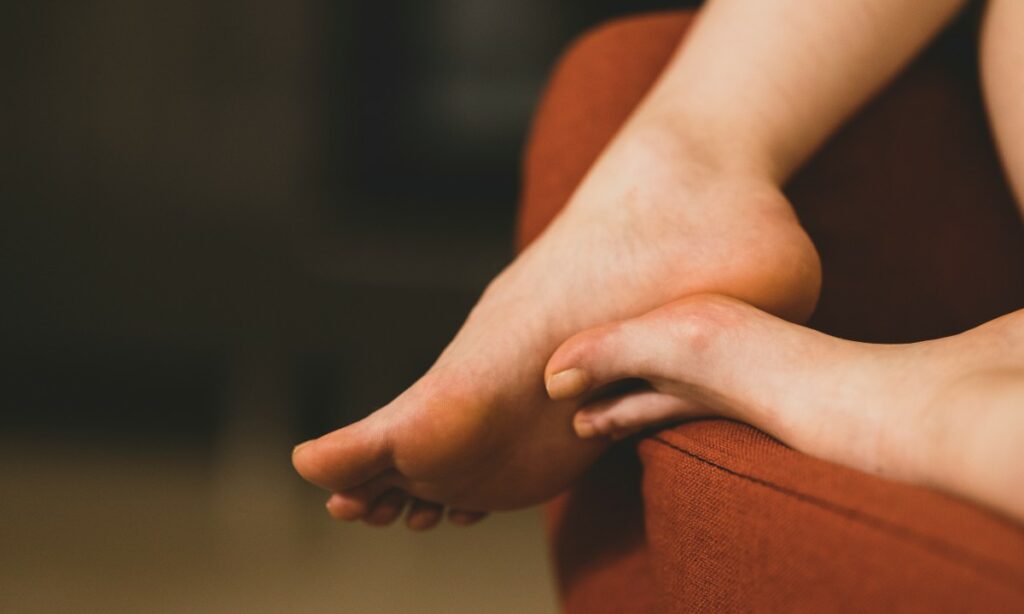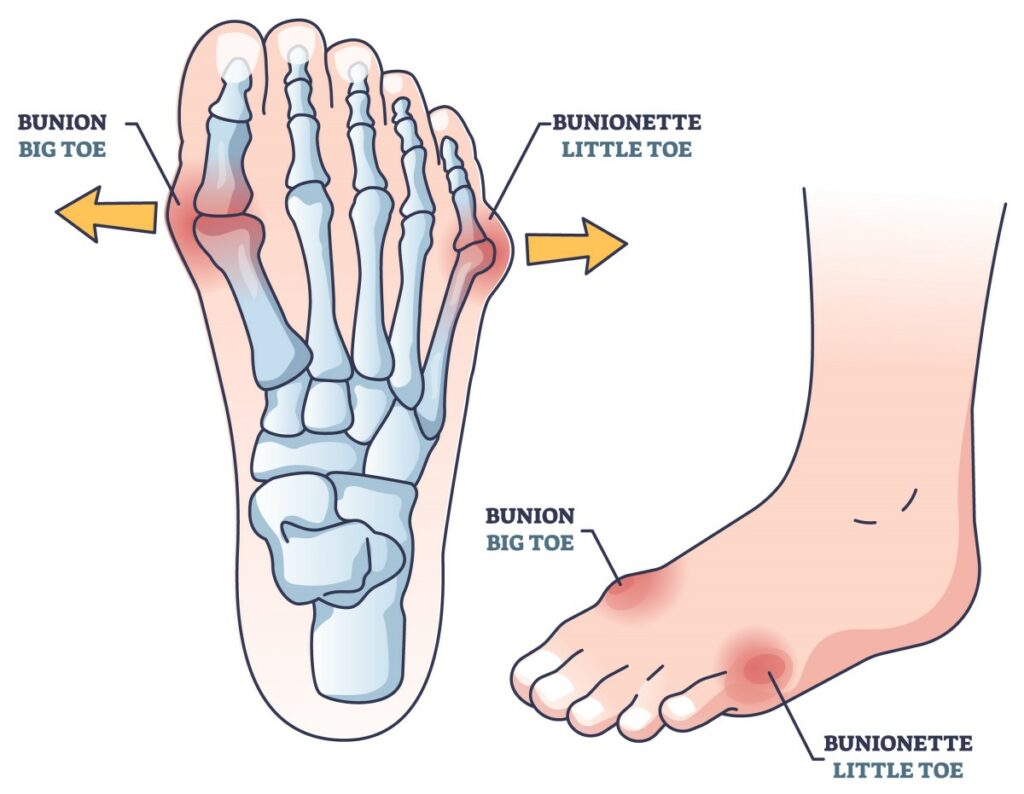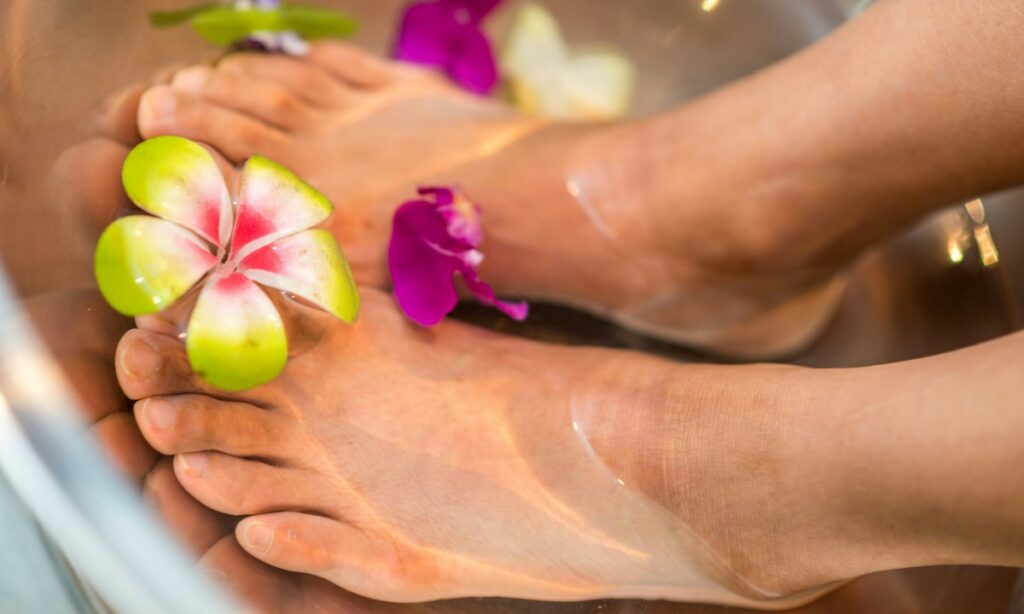
Anti-fatigue mats can help your feet and joints
If you’re a healthcare or hospitality worker logging long shifts, standing on hard surfaces for extended periods can take a toll on your body.
Foot pain, joint strain, and fatigue often become unwanted companions, impacting not only your physical well-being but also your productivity and overall comfort.
Professionally designed shoes for healthcare and hospitality workers are a first step but did you know that mats and anti-fatigue surfaces can also offer much-needed relief.
The science of support
Anti-fatigue mats leverage the power of ergonomics to combat the negative effects of prolonged standing. Their secret lies in their subtle yet strategically designed cushion and texture.
This unique combination encourages micro-movements in your leg muscles, subtly engaging them and improving blood circulation. This constant gentle activation helps reduce pressure on your joints, minimising fatigue and aches in your feet, legs, and even your lower back.
A good mat provides excellent support as the weight of your body creates a supportive shape underfoot, enabling you to stand for longer with no discomfort, much like a pair supportive shoes can.
Anti-fatigue mat materials
Not all mats are created equal. Different materials offer varying levels of comfort and durability, so choosing the right one depends on your specific needs and environment. Here are the main contenders:
Rubber:
A popular choice for its durability, water resistance, and non-slip properties, rubber mats are particularly suitable for high-traffic areas like kitchens and workshops.
PVC:
Offering a lightweight and cost-effective option, PVC mats are often used in office settings. However, they may not be as durable as rubber for heavier use.
Polyurethane:
For superior comfort and resilience, polyurethane mats are an excellent choice, especially for areas requiring frequent standing.
Foam:
These soft and lightweight mats are ideal for providing comfort in low-traffic areas, but their durability may be limited.
Additional benefits
While alleviating foot pain and fatigue is their primary concern, anti-fatigue mats offer some additional benefits:
- Improved Safety: Their non-slip surfaces help prevent slips and falls, promoting a safer work environment.
- Increased Productivity: Reduced fatigue can lead to improved focus and energy levels, potentially boosting productivity.
- Reduced Wear and Tear: These mats protect your floors from wear and tear caused by constant foot traffic.
Finding your perfect mat
With a variety of designs, materials, and sizes available, choosing the right mat can feel overwhelming. Consider these factors:
- Your Environment: Think about factors like moisture levels, traffic volume, and potential spills.
- Your Needs: Determine your desired level of comfort, support, and durability. Also, some mats are for long periods of standing while others are more for walking traffic.
- Your Budget: Explore different materials and sizes to find a balance between performance and cost.
Stepping up your comfort
If you are someone who spends long hours on your feet, investing in a quality anti-fatigue mat can make a significant difference to your well-being.
Start with a personal mat where you spend the most time standing at work. This will really help when standing still for long periods. If you are in a position to do so, talk about installing suitable anti fatigue matting throughout your workplace.
Also consider buying comfortable shoes for work for enhanced comfort and support when moving around all day. Well designed shoes will assist in preventing aching feet.
So, ditch the aches and embrace the comfort – your feet and joints will thank you!



